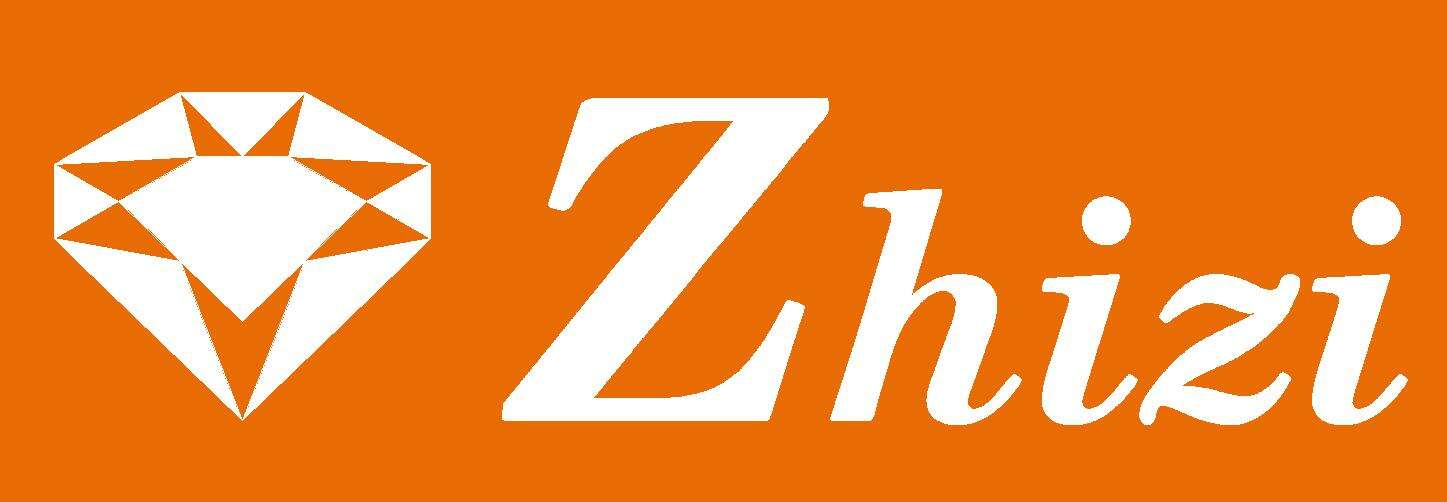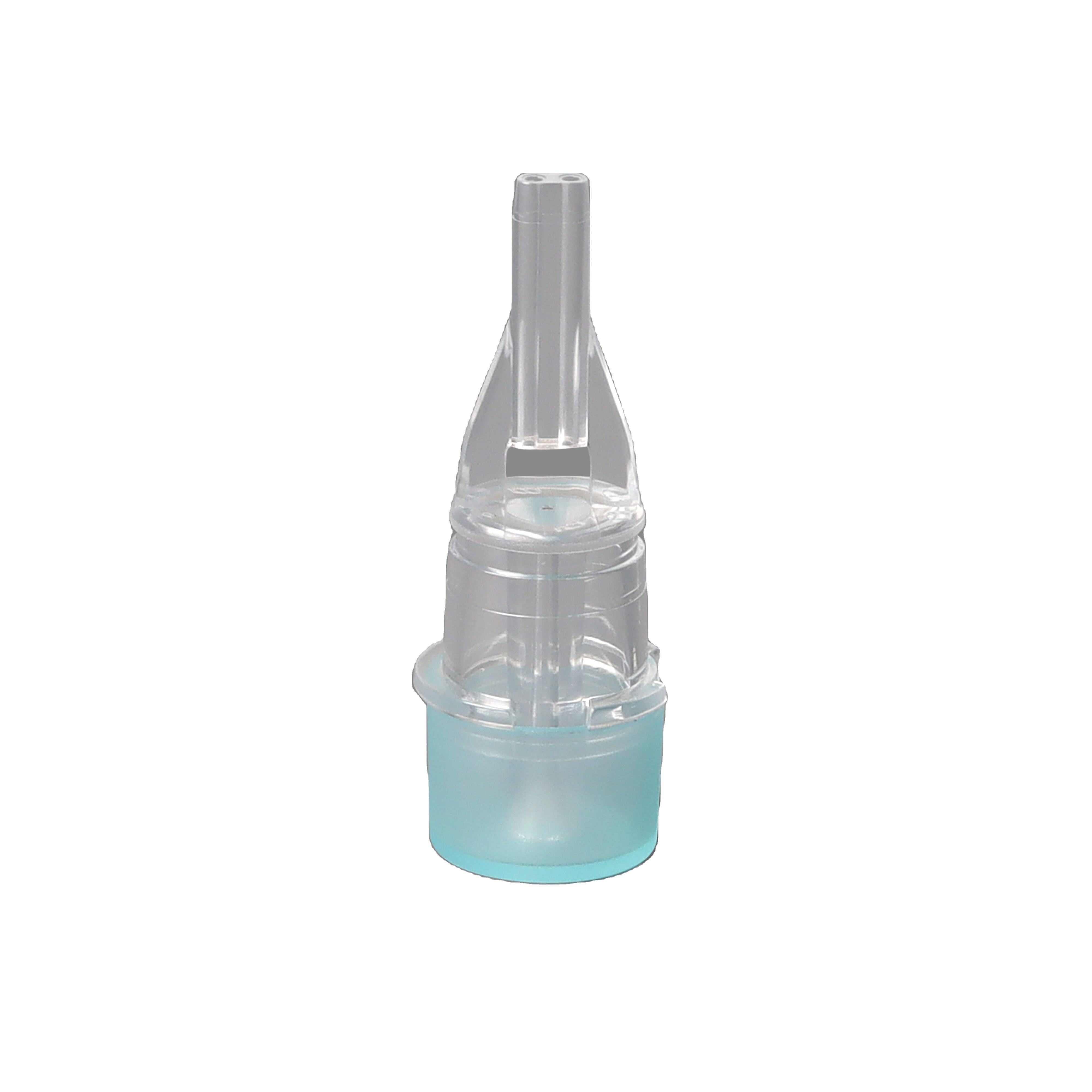Saliva Test Kit Tube: How to Gather Oral Samples Without Contamination?
Why Truly Uncontaminated Samples Matter
In today’s world, gathering uncontaminated oral samples using saliva test kit tubes is critical for accuracy. Whether it be for medical diagnostics of diseases such as COVID - 19, workplace or forensic drug testing, and even genetic assessment for family-related health issues, saliva testing requires high precision due to its sensitive nature. Even a tiny bit of adulteration can lead to inaccurate results resulting in misdiagnosis and wrong treatment方案,or inappropriate legal actions based on flawed evidence. In this specific piece, I am going to focus on the thorough methodology behind the use of saliva test kit tubes so that one achieves maximum trustworthiness and precision through comprehensive testing.
Understanding Saliva Test Kits
There has been an increase in the use of saliva test kits because they are easy to use and non invasive . Saliva tests are also more convenient than the blood tests as it does not require trained professionals. People can collect samples themselves. It can be done at homes or in clinical centers. These kits come with a collection tube which is the main feature of the kit. The tubes are made specifically for certain purposes and have unique shapes and sizes. Some of them, for instance, have narrow heads that help with preventing spills and minimizing exposure to air. Other tubes may be coated with some substances that prevent contaminationof biological components of saliva.
Following proper procedures when using these tubes is very important as failure to do so can result in analyzing incorrect samples progress towards identification will take longer than necessary. For example, one recent study showed how samples collected using incorrect techniques were 30% more likely to produce inaccurate results as opposed to those collected properly.
Sample Collection Meticulous Preparation
The Sample collection starts with proper preparaion to saliva sample collection. The person providing the sample should not eat, drink (except for water), use tobacco products, or smoke 30 minutes before the appointment time. Eating a candy and drinking a beverage can result in high amount of residues and Smoking also brings countless outside chemicals into the body which will alter interfere with the test. However, rinsing one’s mouth is helpful but not using mouthwash is important because those containing antibacterial chemicals would distort the sample. This helps achieve ideal conditions for collecting pure saliva samples.The Phases of Collection Procedures
Gathering the Proper Supplies:
Make sure all components of the saliva test kit are present prior to starting the collection which includes a collection tube, an instruction manual and identification tags. As for the tubes, confirm with visual inspection that the seal is unbroken and there is no damage. In clinic environments, it’s also critical to ensure that the kit has not expired in order to trust the results.2. Collecting Saliva Sample and Its Processing
Tell the client to gently swish their mouth so that saliva will flow more easily. As soon as enough saliva has gathered, they should eject it into the collection tube slowly and carefully. No fingers or any other objects should contact the inner part of the tube or its lid. Some kits contain a funnel-like part which helps direct saliva into the tube reducing chances of contamination bacteria. If the individual is having difficulty collecting enough saliva, thinking about sour foods, use of a prescribed stimulating spray (provided in the kit) could help, but only if it won’t interfere with the test.
Fixing Errors in Form Filling and Labeling
Before air enters, seal the collection tube immediately after confirming that no additional airspace is present within it except for what was already stated in section 1 on filling volume to avoid degradation of collection. In addition to sealing it, write on it required details such as patient’s name, ID number, date and time collection was done enhancing both accuracy and reliability of information recorded using bar-code based labeling system boosts this in case where laboratory is used.
Optimal Sample Storage
Always adhere to the storage instructions that come with the kit. Generally, saliva samples are best stored at room temperature. However, some kits suggest refrigerated storage if there is a delay in shipping the sample to the lab. In all circumstances, prompt shipment of the sample as test time is essential for accurate results.
Common Mistakes to Avoid During Sample Collection
For accurate saliva test results, it is critical to avoid common errors. Hands contamination by touching any part of the collection tube will compromise and so does collecting it immediately after eating or drinking anything. Leaving samples in direct sunlight or extreme heat allows temperature-triggered saliva degradation resulting in useless tests. Labeling poses another common error; careless labeling can cause sample mix-ups resulting in wrong cancer diagnosis claims for patients expecting correct results leading serious possible outcomes; such errors can lead to dire consequences specially where wrong patient diagnoses are made based on mislabeled samples and all corrective actions taken believed due diligence has been exercised when in essence none done relying collateral miscalculations have deadly repercussions.The Changing Future of Saliva Testing
There is a bright future for saliva testing. As more people understand the advantages of testing without blood draws, an increase in saliva test kit sales is expected. Advanced collection tubes designed to improve preservation and shelf-life are already under development. Some newer designs include self - preserving agents within the tube, thus eliminating the need for refrigeration right after storage. Others are looking at ways to make the excretion process more user-friendly, maybe using augmented reality tutorials from smart glasses. With these improvements, saliva tests will likely replace blood tests in many areas, revolutionizing the way we approach healthcare and diagnostics.

